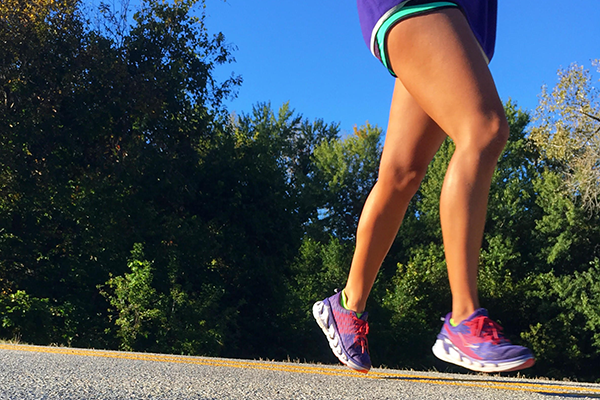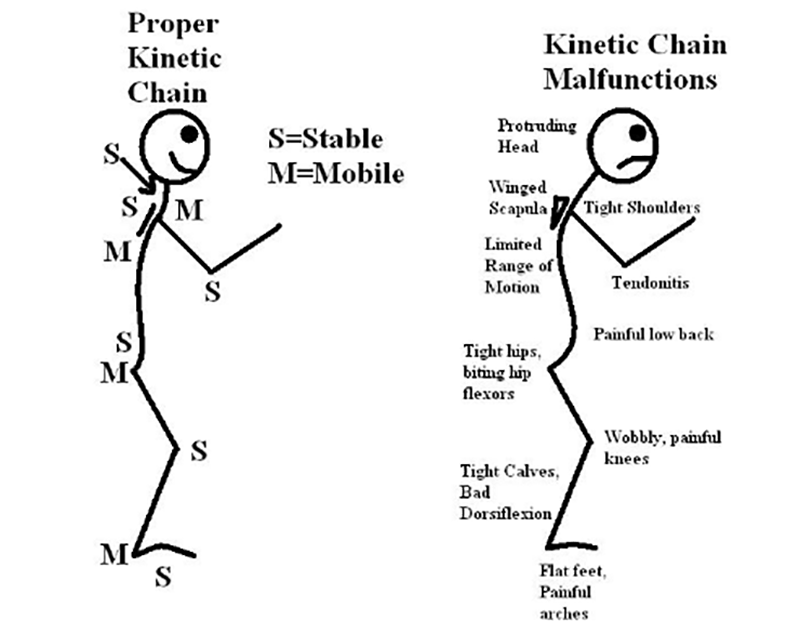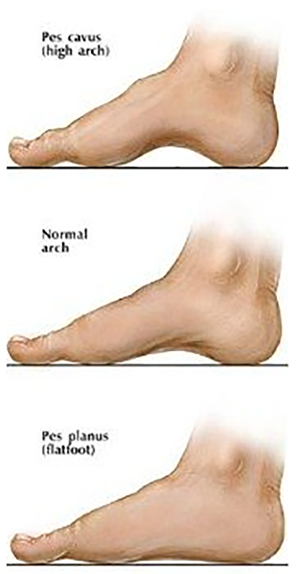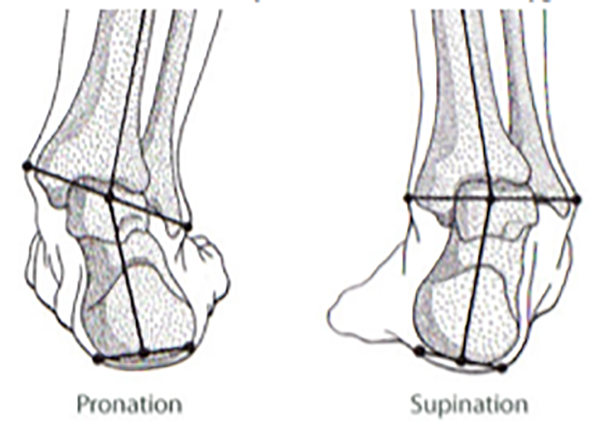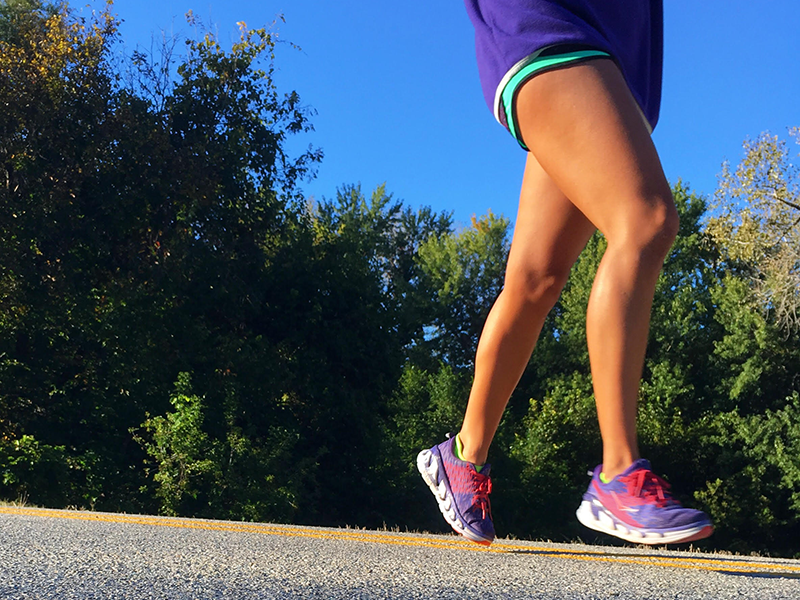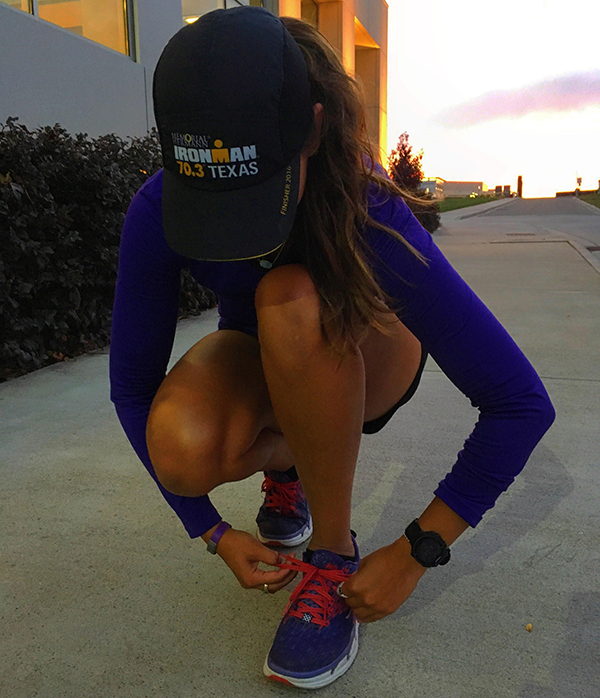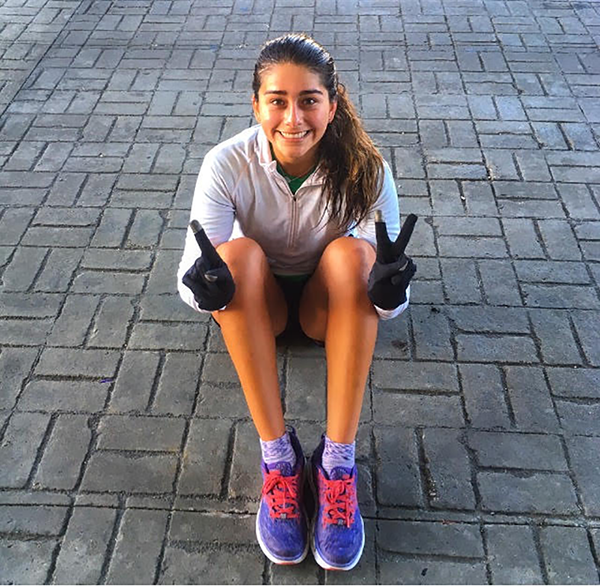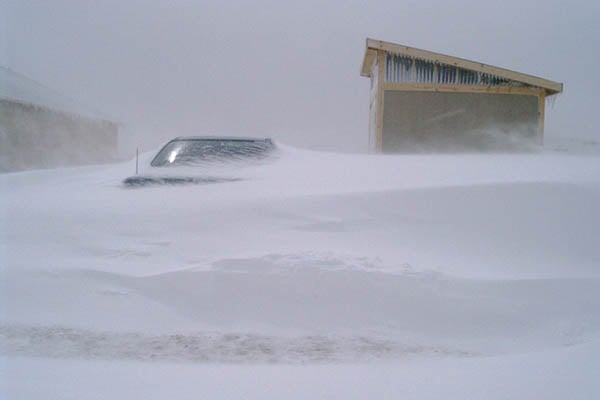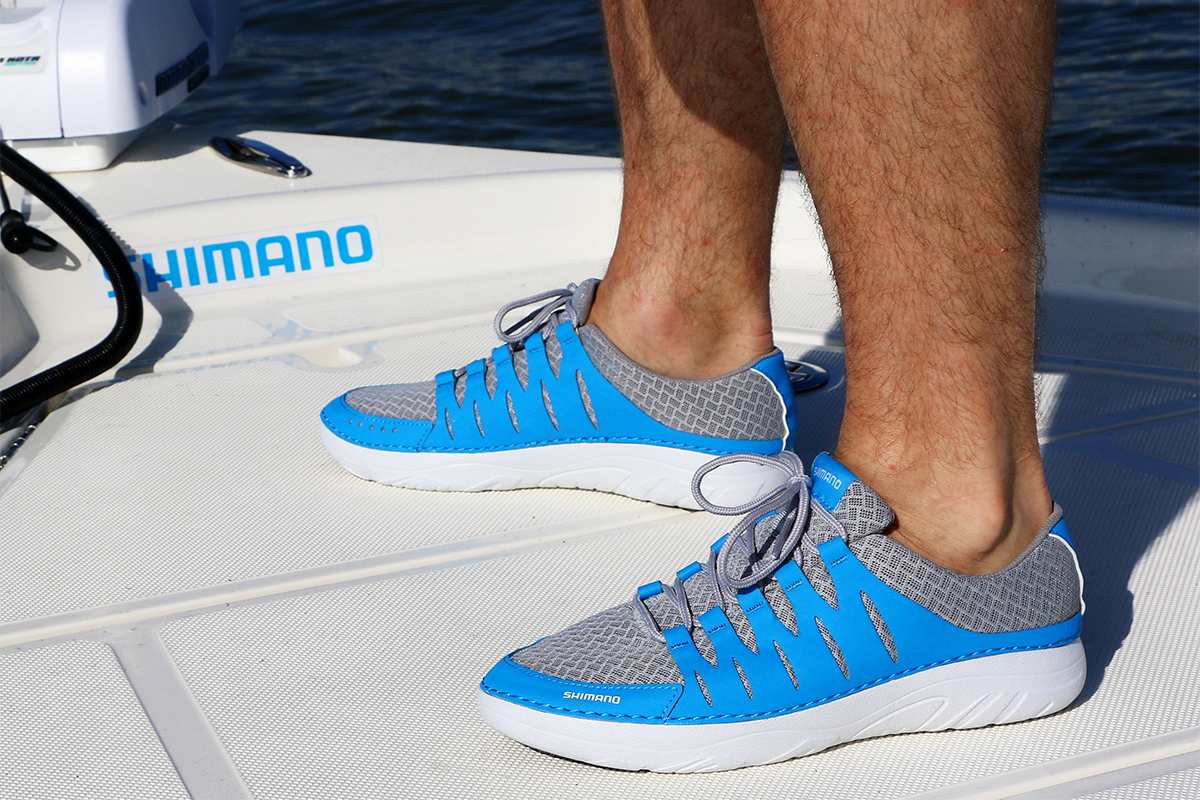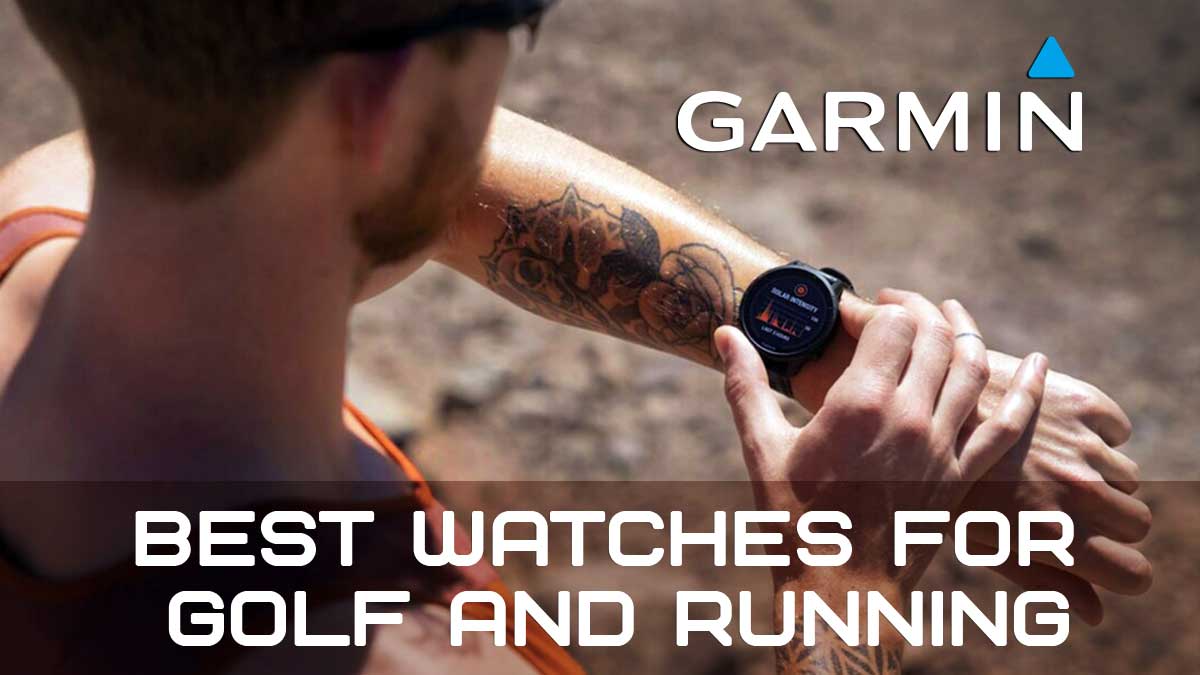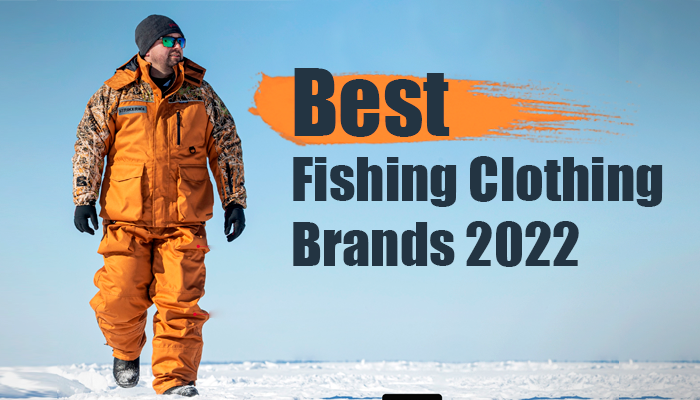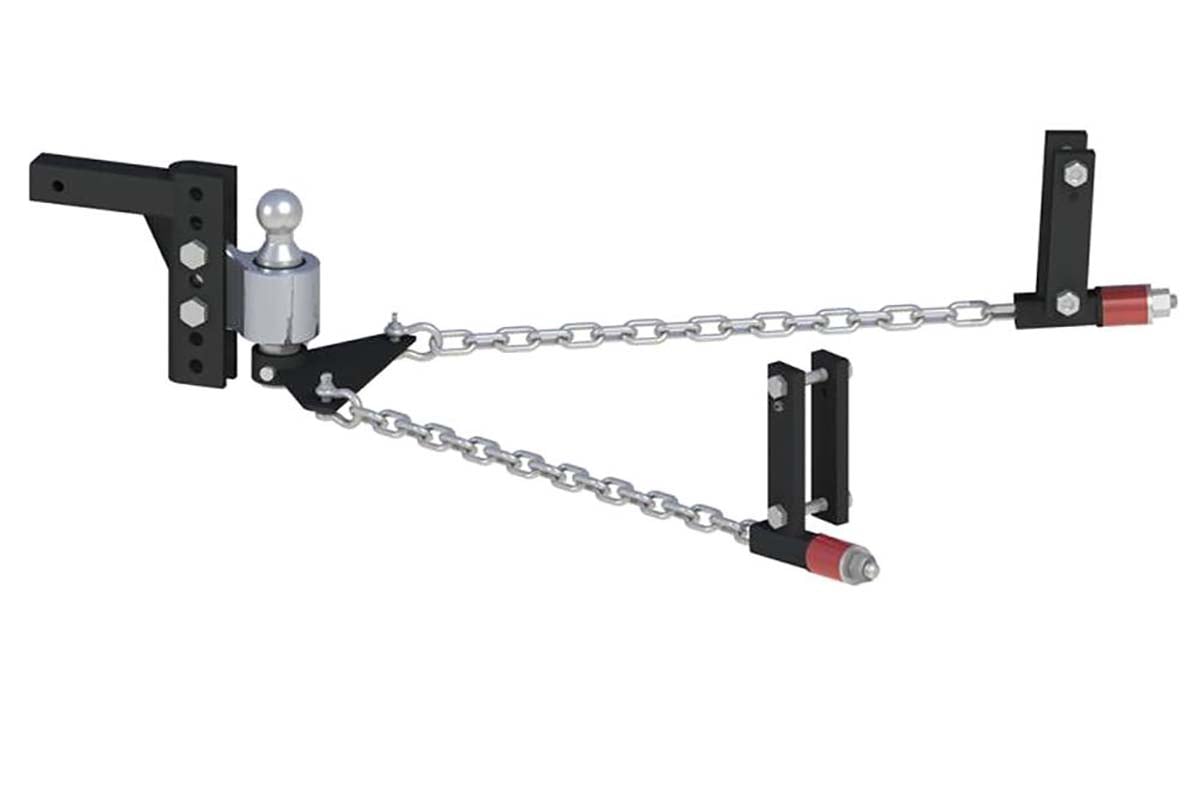Last Updated on
Before starting this review, I would like to give a little background information on myself. I want to assure you that I have the best interests of the runner in mind. My name is Mayrena Hernandez and I am a certified and licensed athletic trainer who is currently working with Kansas State University’s cross country/ track and field team. It has been a privilege to work with division 1 collegiate athletes and even athletes that competed this past summer in the Rio Olympics. I am still learning plenty working with these high caliber athletes, but I also like to work with your everyday recreational, die-hard, obsessive “weekend warrior” athletes.
Yes, these athletes might not be in college for running or even pay the bills with the amount of miles they log or the times they put down, but these are the type of athletes that are of interest to me because I am one of them too! As your fellow “weekend warrior,” I understand the frustration in trying to find the perfect shoe for marathon training, speed work, and fast brick runs after a cycling session. I get that. I also understand the frustration when an injury sets you back from the hobby you enjoy to do. I am here to shine some light on how to select a shoe for the goals you have in mind and a shoe that will keep you healthy throughout your marathon, Ironman, or even your first 5k! Whatever it may be, there has to be thought in your shoe selection.
The Body is a Kinetic Chain
Whenever one of my athletes approaches me with an injury, whether it is knee pain, hip pain, or low back pain, the first thing I consider is their foot type. Taking the feet into account of an injury is crucial because the body works as a kinetic chain. Remember that song we sang as kids? “The foot bone’s connected to the leg bone. The leg bone’s connected to the hip bone. The hip bone’s connected to the back bone…” Well it’s not a surprise that the human body is a complex system, but it is often forgotten that all those systems are interconnected. When one system in the chain is not working properly, the rest of the chain is affected negatively. So it is especially important when you embark on the journey of running to spoil your feet and invest in a good fitted shoe. Your body can not take on the energy you expect it to output without a proper base of your chain. In this review, I will be talking primarily of the shoes that has worked best for me, the Hoka One One Vanquish 2.
How to Determine your Foot Type
When selecting a shoe, you must consider your foot type. Whether it may be high arched, flat, or neutral feet, you need a certain type of shoe to fit your foot type. The foot is made out of 26 bones that all have jobs of such as propelling and stabilizing the body and absorbing shock. When you are in search of a running shoe, you need a shoe that can compliment the ways your foot fails structurally. The three different foot types are pes planus (flat footed), pes cavus (high arched), and neutral. Your foot moves differently depending on which type you have. Flat-footed people tend to over-pronate such as putting more pressure on their big toe while running. You might even assess your gait while running and see that your heel will do this little “whip” thing to go back into supination. These types of runners are more prone for stress injuries, achilles tendinitis, tibial stress syndrome and medial knee pain.
In contrast, a high-arched person will supinate and disperse more of their weight on their pinky toes during their running gait. This causes the foot to remain rigid, decreasing the mobility of certain foot joints. Injuries you can see with a supinator would be inversion sprain, tibial stress syndrome, peroneal tendiitis, IT band, and hip bursitis. All this said, pronators will need more rigid shoe like Asics in comparison to a supinator that need a flexible shoe with increased cushioning like Nike.
What to look for while getting fitted
In order to assess your foot type and your running gait, I would suggest going to a major running store. Typically these major running stores will have someone who specializes in fitting people in the correct shoes. After they have made some suggestions, you will want to run on their treadmill and see how your feet feel in the shoes. Like I stated before, the focus of this review will be talking about my experience with the Hoka One One Vanquish 2. As you try shoes on, ask yourself questions like: Is there enough room for your toes? When running, your feet swell up slightly with blood flow created through activity and the compression from ground impact. It is important to have enough room for the dispersion in your toes. So you might want to consider going half a size up or ordering a wider toe box.
A wider toe box is something the Vanquish 2’s are lacking a little in. The toe-box is not as big for someone who would have wide feet. As for me with normal feet, I feel no pressure on my toes while running in half a size bigger. Another thing to look for is ankle stability when you land. Your ankle should not easily turn in or out. This goes back to the pronation and supination, and it goes hand in hand with eversion and inversion and stability in your shoe.
Why To Consider A Hoka Shoe
Prior to these shoes, I was wearing Hoka One One Conquest. They are very similar as the Vanquish 2’s are based on the Conquest midsole platform. It relies on a arrangement of two interlocked parts of a dual-intensity midsole foam. The Hoke One One Vanquish 2 is a great neutral shoe if you are looking for motion control and some spring to your step. They prevent the over-pronation movement most runners deal with such as when your heel whips out during running. However, it is important to note that the Vanquish 2 are the heaviest road shoes Hoka sells (8.3 oz). The positive thing with this is that while running on the road, the shoe feels responsive. This means that the person wearing the shoes should be able to feel the rebound effect of the ground. Higher speeds should relay even a higher level of responsive behavior as you run.
Response and weight are two other components a runner should look for when fitting for shoes. Although the shoes are a little bulky and heavy, it has personally helped me to have that responsive feel of the ground. This can help existing injuries such as plantar fasciitis. The cushioning of the shoes has helped disperse that compression I would get with other shoes, especially when I was running longer mileage. Another great thing about the Hoka brand and the Vanquish 2’s is a rocker design, meaning the heel and toes have a spring that will promote late-rearfoot strike. The front will then produce a quicker roll-off movement and the shoe will propell you through your stride.
The positive thing with these shoes is unlike other Hokas I have run in, my calves were not sore from rocking onto my forefoot during the run. The rocker aspect of the Vanquish 2s felt very smooth and did not force major use of the calves during running. Lastly, when looking into buying a shoe you should consider the tiny details like the type of tongue, heel cushioning, and the ventilation of the shoes. All these for the Vanquish 2’s are of exceptional quality, and they will not cut your skin up from friction while running.
I would not recommend this shoe for track workouts that involve sprinting. The speed work on a track is not ideal in Hokas because of their bulkiness. However, the Hoka One One Vanquish 2s are a great shoe for longer distance runs. They will also accommodate runners that have a neutral foot-type and want to go from tempo runs to faster speeds. This shoe can withstand longer mileage, so they would be ideal for marathon training where you could get two sets of these shoes, one set for the bulk of your training miles and the second set to break in and then use for the marathon.
In conclusion, this shoe will easily handle 500-600 miles before you see any deficits in running shoe performance. The retail price of the shoe is at $170, which is very affordable for a great running shoe. You cannot go wrong with a neutral shoe as your very first shoe to start training in, whether it is recreational or long distance. Like I stated at the beginning of this article, you need to spoil your feet. In the long run it will save you time, money and frustration from possible injuries if you choose incorrect shoe. We aren’t getting paid to do this nor are we going to the Olympics, but we shouldn’t be suffering in an incorrect shoe when we have other obligations aside from running. Your running journey should be an enjoyable and comfortable one for your body.
